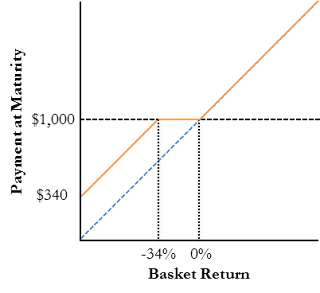
Mar 2013
So it all comes down to how it's introduced. Most investors are already familiar with ETFs, so a basket of ETFs in a protected strategy like a structured note is a relatively easy thing to introduce to them, and it's been pretty well received.
